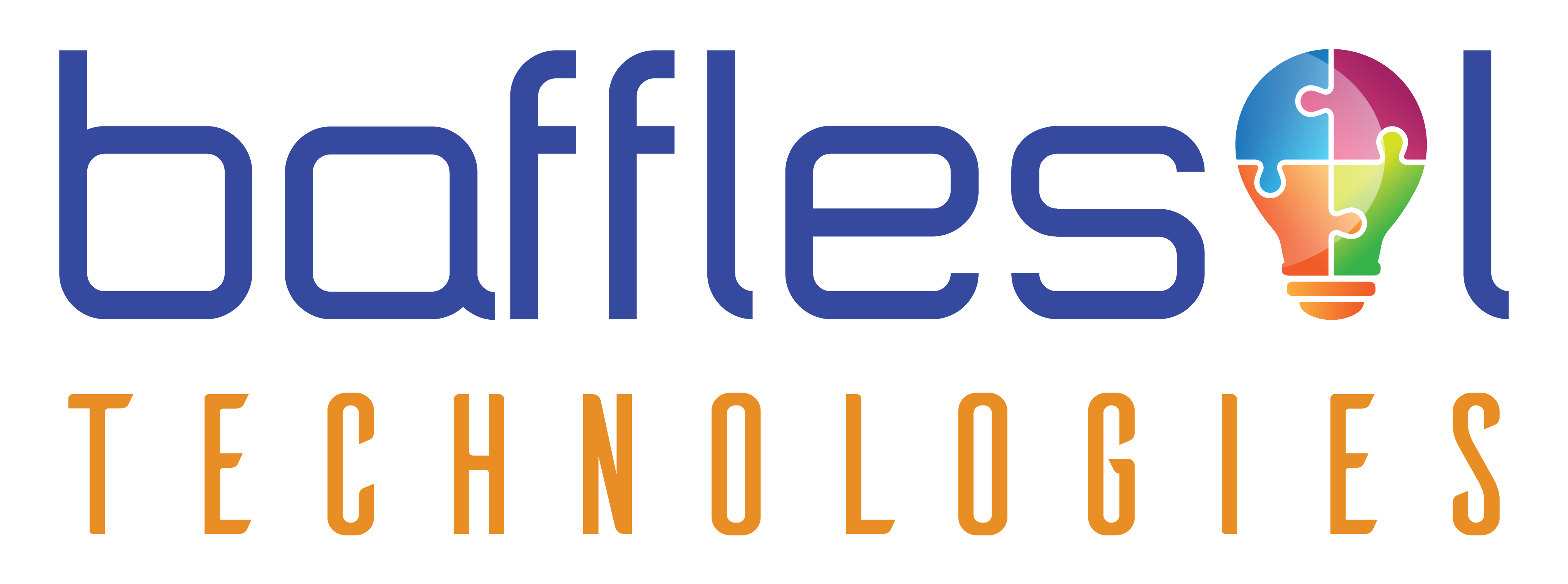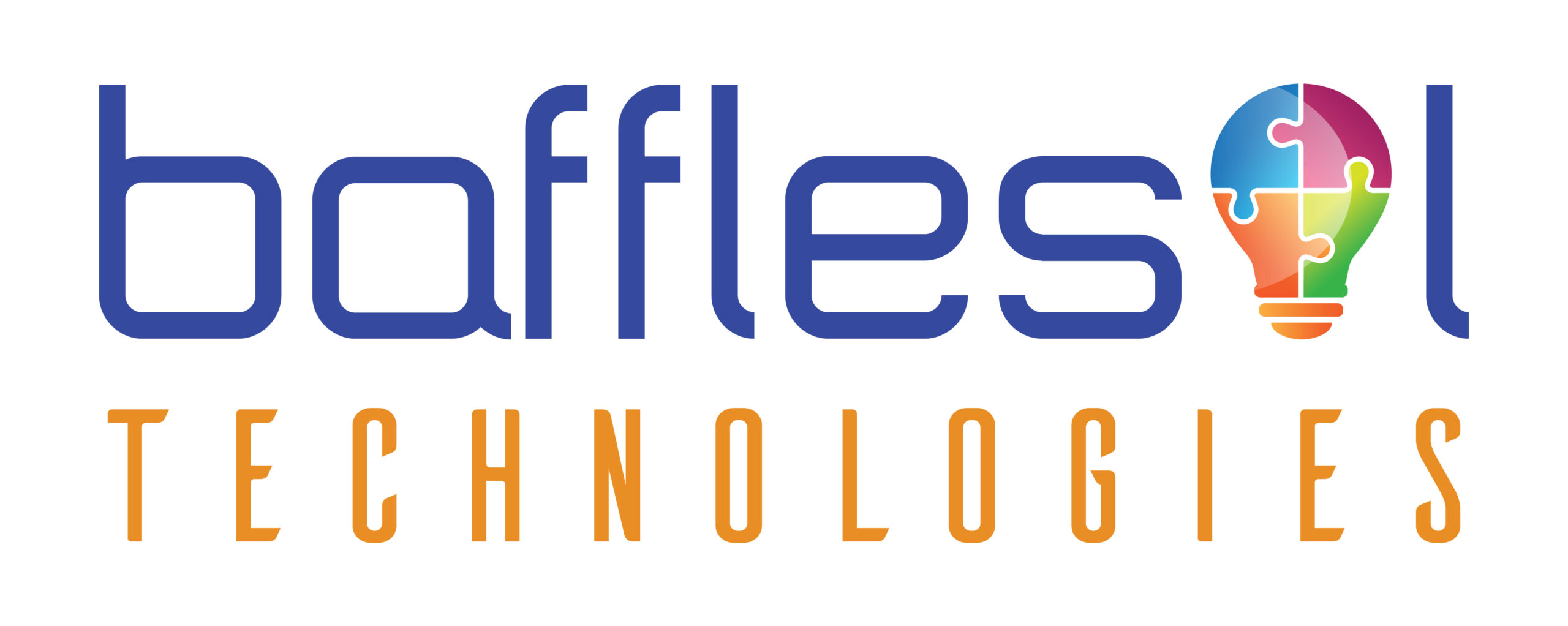The uprise of pandemics made business organizations face immense challenges in responding to changing technological anatomy and handling the surge in demand of consumers for not only digital but a wide range of products and services globally.
There is a constant urge to find solutions to business problems. From my experience, the right architecting of enterprise digital transformation requirements is the most optimal solution to address this problem. Established organizations will need to evolve their approaches to architecture to remain competitive in markets disrupted by technology innovation. This process can begin by transforming technology architects’ role in the enterprise. Once enterprise architects are empowered to drive change, they can aid in streamlining technical stacks and creating technical agility. They can also be directly responsible for achieving business outcomes by resolving architectural and technological challenges.
Here is a very high-level view of the fundamentals that Enterprise Architects need to practice for digital transformation –
- Enable strategic decisions – Enterprise architects can help define a clear strategic roadmap for digital transformation based on goals; otherwise, the journey can be treacherous. An adequately defined strategy gives a structured approach that supports better decision-making.
- Driving agility and speed-to-market – As technology complexity and innovation accelerates, architects can play a pivotal role in helping and managing complex system landscapes such as on-premise, hybrid or multi-cloud. Architects can also help define how architectures and practices should be structured and how training should be addressed to make the initiatives successful.
- Sustainable Solutions – EA designs the foundation architecture to deliver with most relevant and future-proof solutions for the organizations while regularly analyzing monotonies and inefficiencies within the business services, processes and technology components. This means consistent collaboration between business functions and IT. Lack of coordination can impact the success of transformations. EA must concentrate on enabling business priorities that the technology team should focus on while acting as a collaborator.
- Manage Requirements – There are different requirements for different users — for example, internal and external users, technical, executive, and management. Different technology systems also can have their unique requirements. The role of EA is to collaborate with all the stakeholders, identify these requirements, prioritize them and ensure the technical architecture is robust enough to scale and support all these “Must Do” and future “delighters”.
- Solution Feasibility – An architecture can guide us to the feasibility of our transformation solution roadmap by looking at the risks, dependencies, and constraints along the way. The feasibility of a solution is gauged using a viability assessment that covers all aspects of the proposed solution from an operability perspective.
- Develop & Retain Talent – Because EA plays an important role in digital transformations, it is his/her duty to keep IT talent motivated and hire highly skilled professionals. Helping identify training, soft skill needs, career paths, and challenging skills from time to time is all part of EAs R&R.
- Optimizing operating costs- As organizations move to the cloud, there are a variety of different options. Choosing infrastructure, platform, software, or function can fluctuate operational costs since hosting on the cloud depends on service/system usage and pattern of usage. EA needs to do more dynamic predictions as part of the system design process, and manage these costs while not compromising on performance.
- Dynamic and Flexible Governance – Governance is an essential aspect of digital transformation initiatives. These programs require a dynamic and flexible governance model. And EA plays an important role in this. Technical Architect can run and share updates on epic boards for leadership and make changes to roadmap basis feedback maintaining a continuous delivery pipeline.
For Enterprise Architects, it is not just supporting successful digital transformations. It involves implementing well-chosen technology solutions, people & talent management and tones of stakeholder management. It requires an alignment with the leadership team, governance, processes, and constant calibration with the business’s needs. Hence, every digital transformation journey needs an Enterprise Architect to define a pragmatic approach.
Reach out to me, in case you have any queries on how to enable Solution Architect/Enterprise Architect role for your organization.



